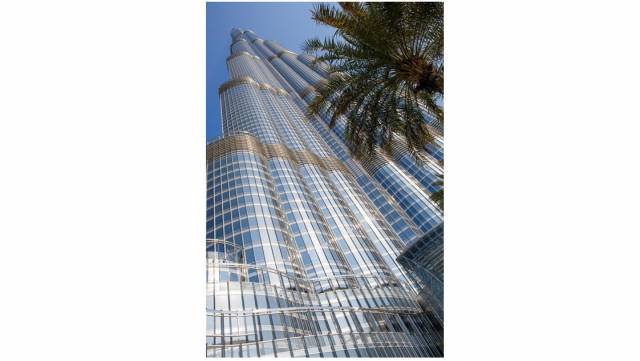
On the Burj Khalifa project, there was the challenge of the temperature difference between the production and installation temperatures of the IGUs
Glass for megatall buildings (i.e. skyscrapers over 600 metres high) often tends to be taken for granted in terms of its technical functions. Yet the high-tech, high strength glazing that covers today’s megatall buildings – such as the Burj Khalifa in Dubai – is as important to the building’s performance as the steel and concrete inside it.
When it comes to megatall structures, the main challenges are wind loads, temperature and altitude differences, and condensation.
Close to the ground, wind is disrupted by trees and other buildings, but as a building rises to supertall heights, these obstacles disappear. The tower then faces the full, unobstructed force of the wind.
Other major factors are light and heat. Tall buildings, because of their enormous internal heat mass, tend to need constant air conditioning, even in the colder months of the year. Air conditioning is a skyscraper’s single biggest energy cost. Megatall buildings present a unique challenge: not only do they have high internal heat mass, but a very large proportion of their overall size is high above their neighbours, so there’s nothing to block the sun. Also, most of them tend to be in desert regions of The Middle East, Africa and South East Asia.
To complicate matters further, the skin of megatall buildings is now almost entirely glass, with a premium placed on tall and wide glass panes to offer maximum unobstructed views. The challenge is, these larger glass panes must be extremely strong to withst...


 You are not logged in, please sign in to view contact
You are not logged in, please sign in to view contact Info release
Info release Promotion
Promotion Building shop
Building shop Online business
Online business